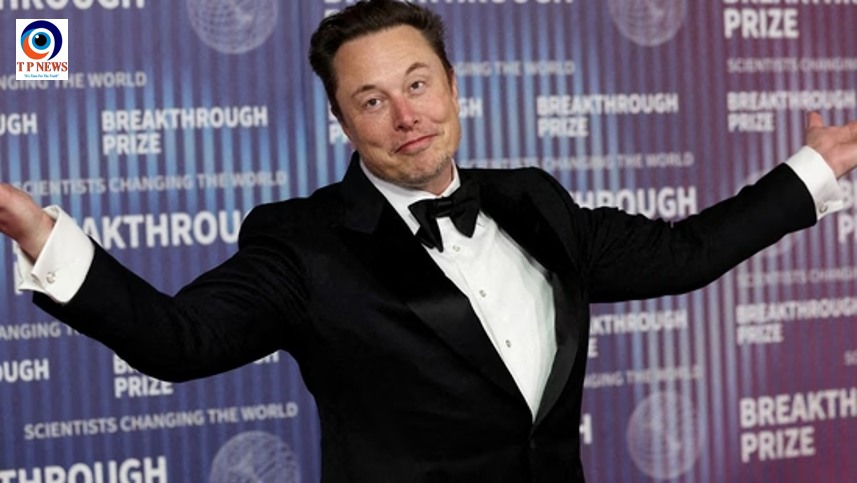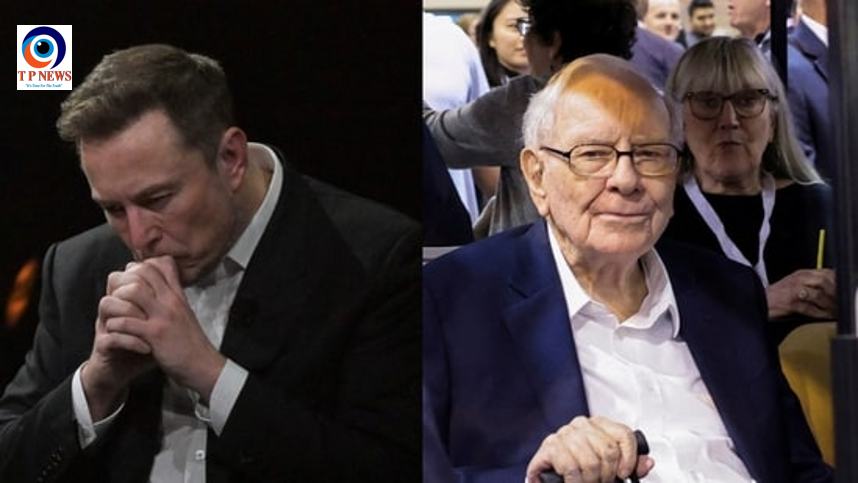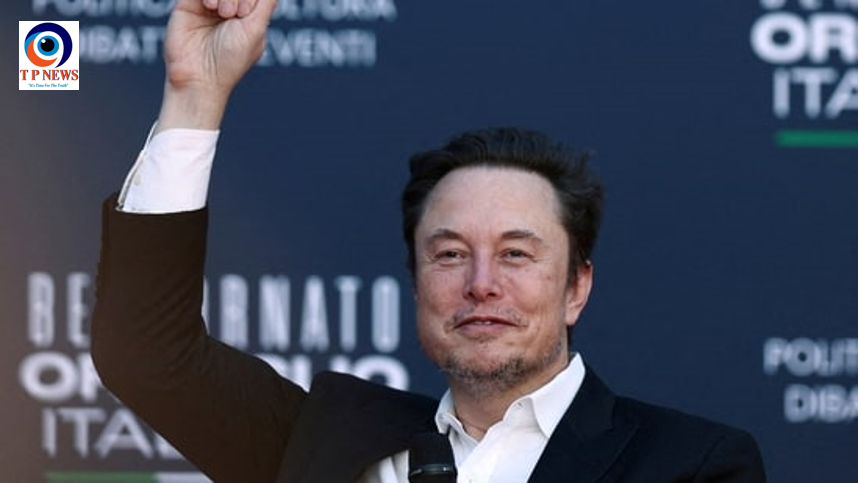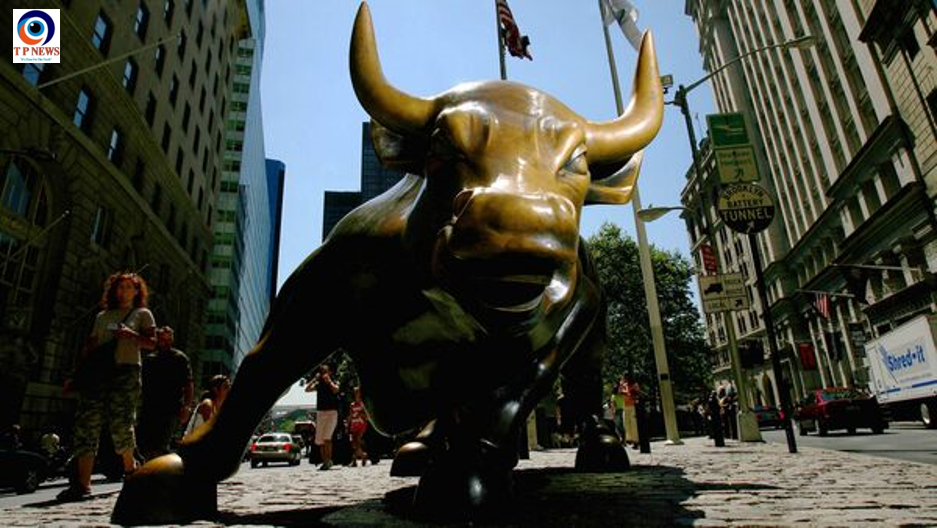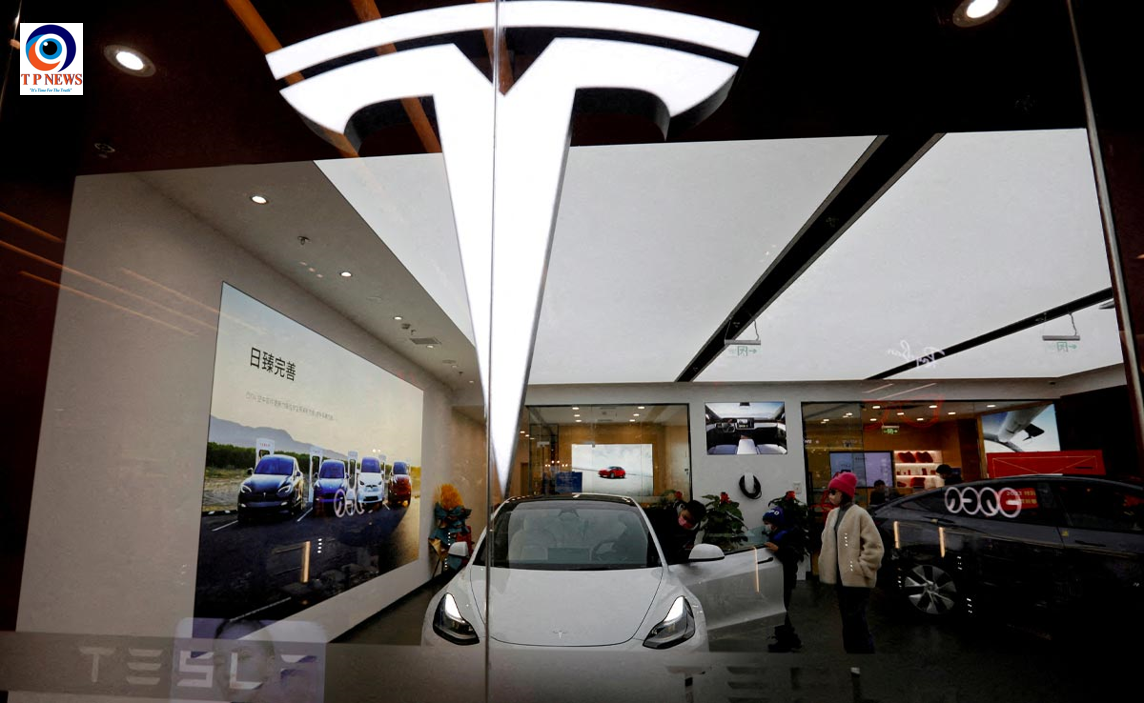The stage is set for a major shake-up in India’s automobile market as the United States pushes for zero tariffs on car imports. With Tesla’s long-awaited entry into India drawing closer, trade negotiations between Washington and New Delhi have intensified, with auto tariffs emerging as a key point of contention.
India currently imposes import duties of up to 110% on foreign cars, making it one of the highest-taxed automobile markets in the world. While the U.S. is pressing for duty-free access, India is treading cautiously, weighing the impact such a move could have on its domestic car manufacturers.
A High-Stakes Negotiation: U.S. vs. India on Auto Tariffs
The proposed trade deal, which aims to boost U.S.-India bilateral trade to $500 billion by 2030, has brought the auto sector under scrutiny. Elon Musk and Tesla have been at the forefront of this debate, criticizing India’s steep tariffs as a major roadblock to bringing their electric vehicles (EVs) to the country.
Backing Tesla’s concerns, U.S. President Donald Trump has issued a stern warning, vowing “reciprocal action” against India’s high auto tariffs if they are not reduced. Trump’s stance adds pressure on India to reconsider its protectionist policies, which have long shielded domestic carmakers like Tata Motors and Mahindra & Mahindra from foreign competition.
India’s Dilemma: Open Markets vs. Protecting Local Industry
India is open to gradual tariff reductions but remains reluctant to slash them to zero immediately. Government officials have been consulting with local automakers, who argue that lowering import duties drastically would:
✅ Hurt domestic manufacturers who have invested heavily in EV production.
✅ Discourage foreign automakers from setting up local plants, reducing employment opportunities.
✅ Flood the market with cheaper imports, making locally made cars less competitive.
At the same time, India is sending signals of trade openness. It has already reduced import duties on several high-end vehicles and motorcycles, suggesting a willingness to negotiate. However, whether this goodwill extends to Tesla and the broader U.S. auto industry remains uncertain.
What’s Next? A Balancing Act Between Growth and Protectionism
While Tesla’s India entry has been long anticipated, its success depends on the outcome of these trade talks. The Indian government is expected to respond to the U.S. demands after further consultations, ensuring that any decision aligns with both economic and political interests.
For now, India’s auto industry stands at a crossroads—between embracing global competition and safeguarding local enterprises. The next few months will be critical in determining whether India takes a bold leap toward a more open market or holds its ground to protect homegrown brands.
Will Tesla finally roll into Indian roads with lower tariffs? Or will domestic players manage to keep foreign competition at bay? The answer lies in the corridors of U.S.-India trade negotiations.






